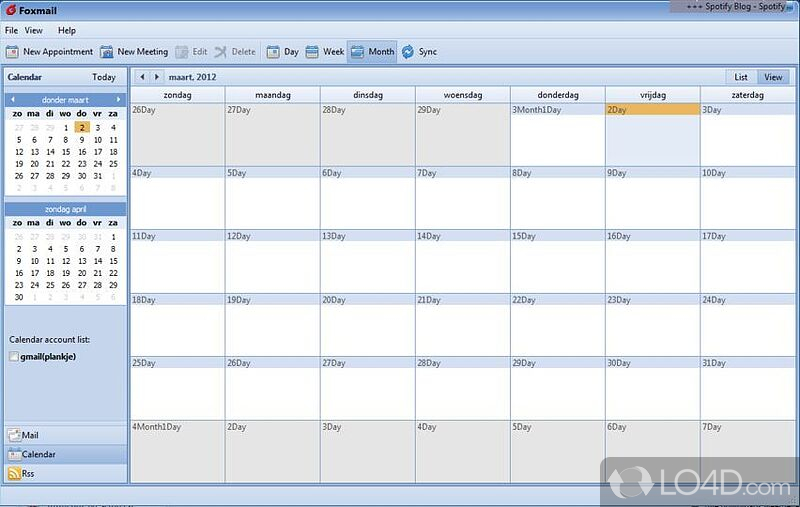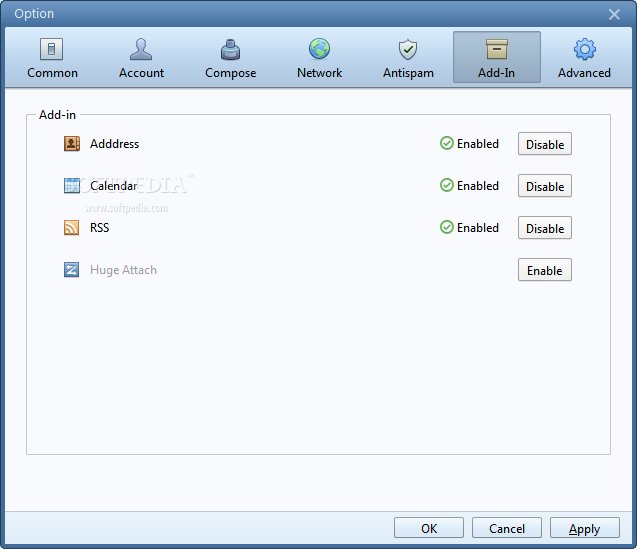

An email that looks amazing and well-formatted on a desktop can easily devolve into a tangle of illegible, overlapping text and images when viewed on a smartphone screen. One of the biggest and most obvious factors is the screen size of the device it's being viewed on. The way your email looks in a user's inbox depends on a wide variety of different factors. Make sure your HTML email is responsive for different screen sizes and devices. No matter what method you plan to use to create HTML emails, these best practices will help improve the design, user experience, and deliverability of your emails. Now that you understand the basics of what goes into developing an HTML email, let's go over a few important best practices you should keep in mind. Plan (as much as you can) for end-user inconsistencies.Be conscious of how long your HTML emails take to load.Make sure your styling works in different email clients.Make sure your HTML email is responsive for different screen sizes and devices.Or alternatively, just use our simple what-you-see-is-what-you-get email editor. You can find a complete guide to coding HubSpot-specific HTML email templates here. If you're developing an HTML email template specifically for use in HubSpot, you'll want to make sure you include the required HubL tokens (these ensure your emails can be customized and are compliant with CAN-SPAM laws). Developing an HTML email specifically for HubSpot? Because the process of creating an HTML email from scratch can be quite involved, we recommend working with a developer or using a pre-made HTML email template instead. This guide offers a solid overview of coding a basic HTML email. To create an HTML email completely from scratch, you'll need to have an advanced knowledge of HTML (or work with a developer who does).
#MAIL FOXMAIL FREE#
There are a wide variety of free HTML email templates available on the web (some of which we'll share below), and if you know your way around an HTML file, it's usually quite straightforward to adapt the template to the email building tool of your choice.
#MAIL FOXMAIL CODE#
If you're comfortable with HTML and want more direct control over the code of your emails, most email tools will allow you to import HTML files directly for use as custom email templates. Still want to create an HTML email from scratch? Email building tools like this are an ideal option if you don't have an email designer on your team, but you still want to send professional-looking marketing emails. Most tools that create and send email (like HubSpot) will offer pre-formatted, ready-to-go HTML templates that enable you to design emails without ever needing to access the actual code on the back-end.Īs you make changes in the email editor, those changes will be automatically coded into the final product.
#MAIL FOXMAIL HOW TO#
Good news: You actually don’t need to know how to code to create an HTML email.

In this article, we'll cover how you can get started creating HTML emails, regardless of your experience level and comfort with coding, and share some free templates you can use. See the Pen HTML Email Template from HubSpot by Christina Perricone ( on CodePen. Click on the HTML button to see the code behind it.

Here’s what an HTML looks like on the front-end. HTML emails aren't inherently better than plain text emails, and in different situations, both types can be part of a successful email marketing program. HTML emails are easy to spot - most of the styled, multimedia marketing emails in your inbox are HTML emails.Īs a marketer, you've probably compared HTML emails versus plain-text emails and realized that there are different benefits to each type. There are two main types of email you can send and receive: plain text emails (these are exactly what they sound like - any email that contains just plain old text with no formatting) and HTML emails, which are formatted and styled using HTML and inline CSS.


 0 kommentar(er)
0 kommentar(er)
